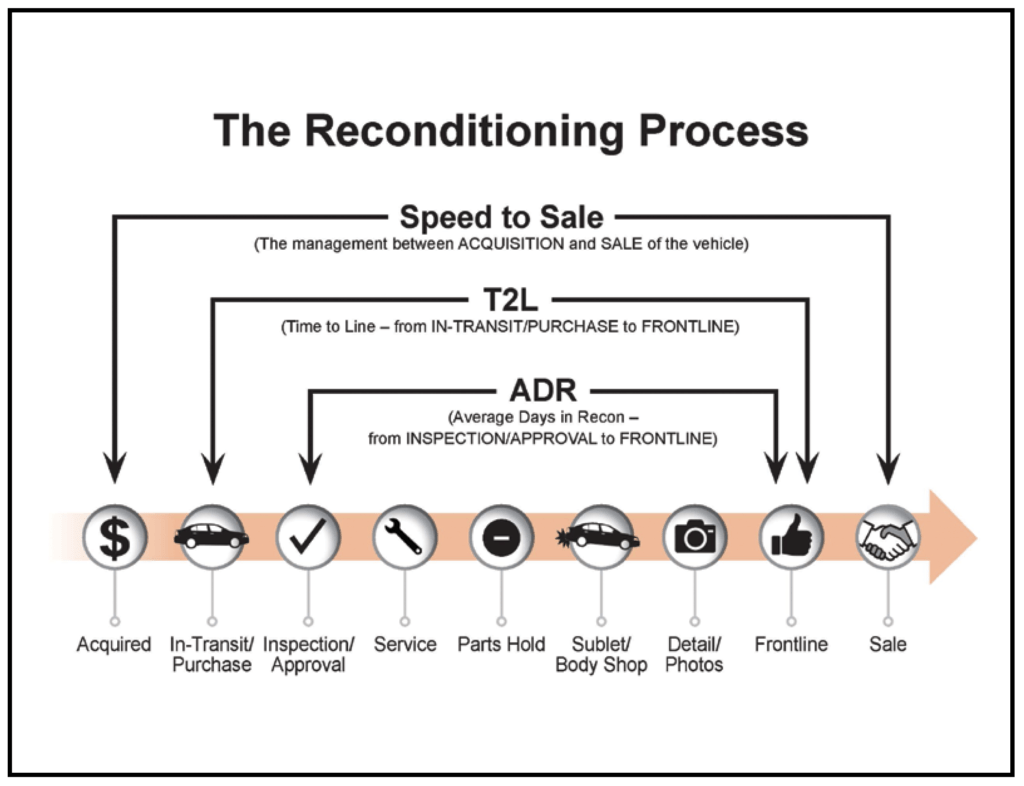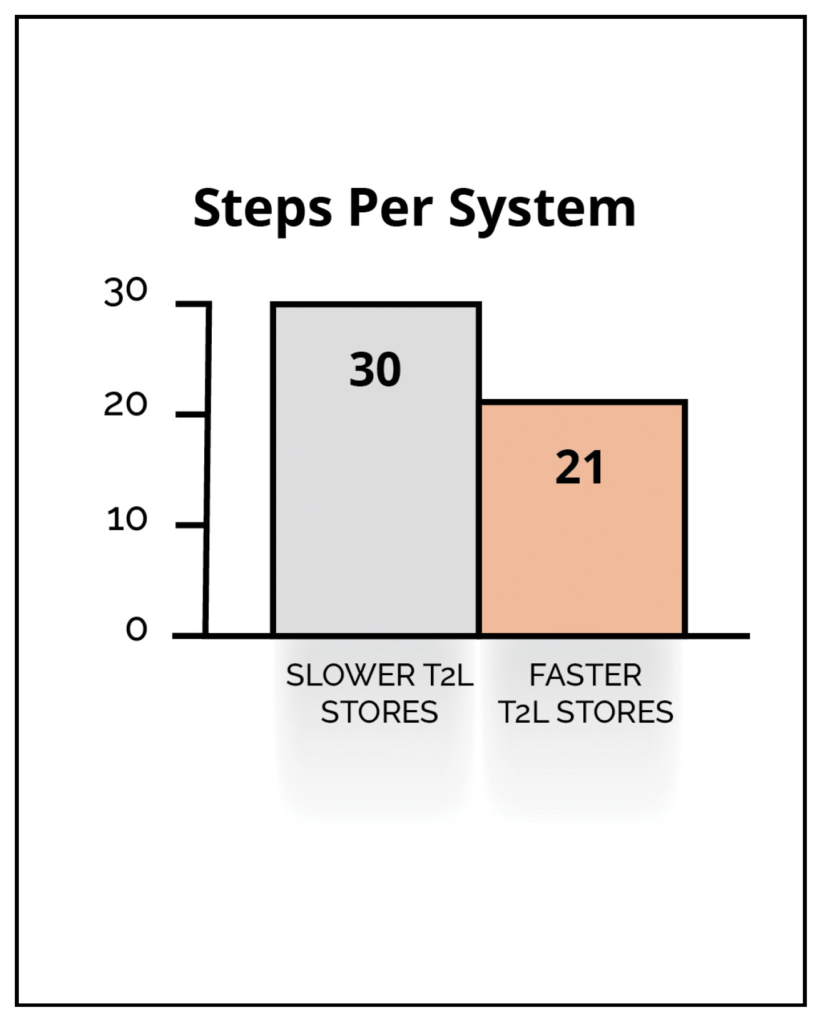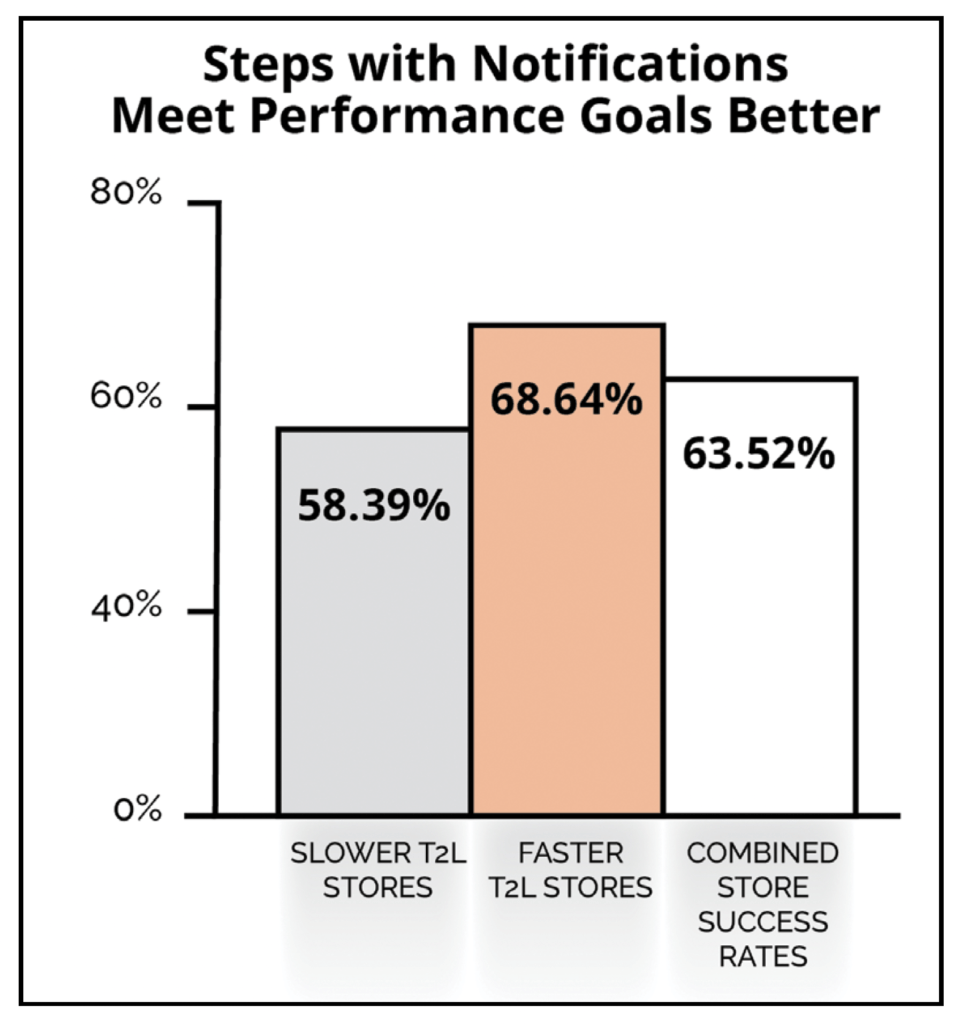SALE-READY SPEED
Recon Workflow is a Major Indicator
By Dustin Jones
Originally published in the November 2021 edition of Fixed Ops Magazine
If you manage a reconditioning operation, how you structure the flow of cars through that process makes a significant difference in recon’s contribution to sales.
The objective here is to get used cars to sale-ready quality status quicker and to sell more of your vehicles within the first 30 days you own them. Used car experts say that the window is now closer to 14 days! Know that dealers consistently meeting these objectives have achieved a recon time-to-line turn of three to five days.
These principles apply to both manually operated and software-based reconditioning. Either system works best where the workflow is structured by well-defined action steps. This article looks at the importance of these steps and why.
OIL THE ASSEMBLY LINE
In reconditioning, the idea is to move newly acquired vehicles to sale-ready status through a minimally disrupted continuum – think of an assembly line. There needs to be a series of checks and balances in this process, without having so many that it slows down the line. If the line slows, time-to-line and the critical metric it supports, speed to sale, both stumble.

When your line stumbles, vehicle output dribbles rather than flows. Dribbling outputs create problems. You might see your daily per car holding cost depreciation increase. There could also be missed sales opportunities and weakened grosses that typically generate escalating frustration.
To test these observations, I studied the reconditioning data of 66 dealerships. Half of these reported fast time-to-line results, while the other 33 showed slower times. These dealerships used reconditioning software. However, the findings apply equally to manual reconditioning. My fundamental discoveries were:
• The number of steps the dealership has designed into its recon workflow (whether manual or automatic) directly affects time-to-line speed. Stores that use a few core steps rather than many steps are 74% more likely to achieve time-to-line goals.
• Stores using Step Notifications to alert next-in-line individuals that previous work has been completed meet time-to-line goals 64% of the time. Dealers not using these notifications miss that goal 83% of the time.


For example, a vehicle repaired, removed from a lift, and pushed outside to wait for detail might remain there for hours or days before the next-in-line individual inquired about its status. Step Notification usage would alert the next individual in the workflow so the process could continue uninterrupted.
BEST-PRACTICE WORKFLOW STEPS
Best Practice workflow steps, not necessarily in this order, are the optimum number that works well for most dealerships:
• Purchase/Auction
• Trade not Cleared
• Inspection
• Used Car Manager Approval
• Service Repair
• Parts Hold
• Offsite Sublet
• Body Shop
• Detail
• Photos
• Sale-Ready or
• WholesaleA common bottleneck is Detail time. My survey revealed that 88% of the slower time-to-line stores had high detail times. It was as high as 4.7 days per vehicle compared to 1.7 days for faster stores.
Another bottleneck can be Photo time turnaround. Of the 66 stores in my study, only a few had a Photos Step in their step line-up. Not including this step seems to be a missed opportunity for time-to-line improvement.
SERVICE REPAIR APPROVAL STEP
One of the most productive relationships a dealership should be enjoying is between the Service Department and the Used Car Manager. In this instance, it is specifically about an automated process to alert the Used Car Manager (or an assigned proxy) when repair estimates are complete in order to gain work approval quickly. Automation puts this step on each individual’s phone for text or email access and approval 24/7. Fast Approvals here stimulate repair work speed.
FINAL THOUGHTS
With the information and data from this report, I used this layout myself in a three-store group. For several years before the pandemic, I was most recently the service director and reconditioning manager.
Here are my final thoughts about workflow efficiency and time-to-line speed:
• Have a fast workflow of 10-12 steps. Add any steps needed for loaners, special equipment, or recall.
• Limit the number of critical people engaging with your system. I recommend this group be the internal writer, service manager, detail manager, used car techs, used car manager, and the back parts counter worker.
• Step Notifications should be in place to make sure that the correct person is moving the unit or taking care of the unit’s needs in that step. This individual can then judge step times and identify who ensures that the correct person oversees that step in the workflow.
• Use Work Item details within the steps to track the cost of units. Make sure approved amounts and declined work are recorded. This practice will stop bills that should not have been approved. Work Items reduce Internal expenditures and reveal the gross per-copy to the holding cost per unit.
• Have all detailers on flat rate to reinforce the need for productivity. By doing this, management can also track hours and hours sold per detail. Now you can accurately identify top performers and know with accuracy how many detailers your workflow requires.
• Units waiting for parts should be moved into detail to eliminate parts-waiting downtime. Modern reconditioning structured to meet today’s consumer demand, whatever the market, is sound science and required to be efficient, transparent, and accountable. The system must get cars sale-ready fast to ensure the dealership meets customer demand efficiently and engagingly.
